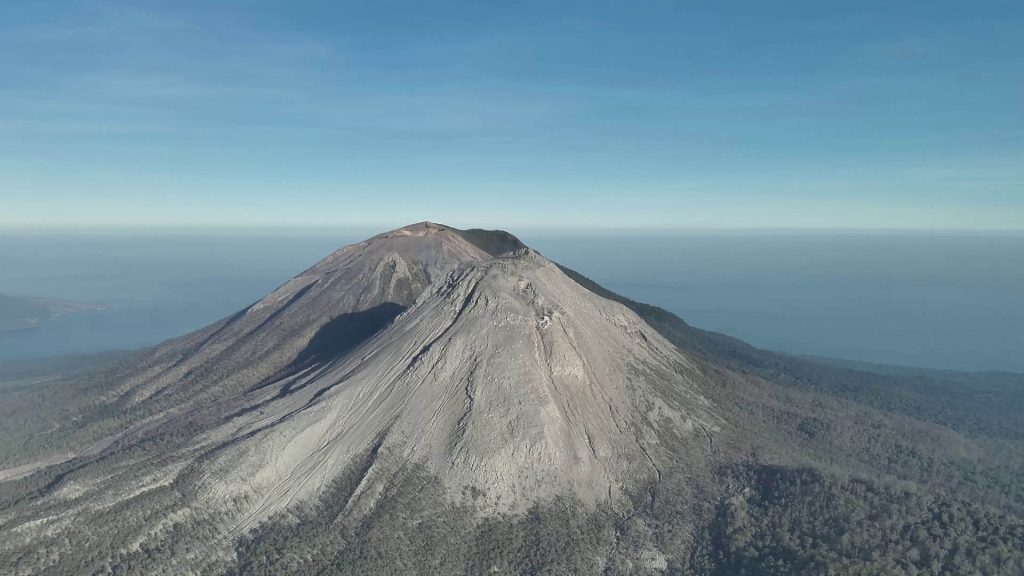Lewotobi, a stratovolcano with two distinct peaks, is situated on the Indonesian island of Flores. This volcano has a history of activity, with eruptions typically involving ash plumes, explosive bursts of lava, and occasional lava flows. These eruptions pose a range of hazards to local communities, including ashfall, fast-moving currents of hot gas and volcanic matter, and volcanic mudflows.
The volcano’s most recent eruptive period began in January 2024, with frequent small eruptions occurring almost daily. These initial eruptions were relatively minor, producing limited ash and low-level seismic activity. However, a change in the volcano’s internal dynamics led to a significant escalation in November.
The devastating eruption of Mount Lewotobi Laki-laki on November 3rd, 2024, was a dramatic escalation of the volcano’s activity. A key factor contributing to this powerful eruption was the formation of a lava plug within the volcano’s conduit. This plug, essentially a solidified mass of lava, acted like a cork, blocking the usual pathway for magma to reach the surface.
The formation of this lava plug had two main consequences. Firstly, it led to a noticeable decrease in surface activity. With the conduit blocked, the frequent minor eruptions that had characterised the preceding months ceased. However, the blockage caused a dangerous build-up of pressure beneath the surface. As magma continued to rise from the depths of the volcano, it encountered the impenetrable lava plug, leading to an accumulation of pressurised molten rock.
This pressure build-up continued relentlessly until it exceeded the structural integrity of the lava plug. The result was a sudden and violent release of the trapped magma in a powerful explosive eruption. This eruption ejected a massive column of ash high into the atmosphere, along with pyroclastic flows and volcanic debris. The rapid release of pressure and the forceful ejection of hot volcanic material caused significant damage to the surrounding area, tragically resulting in fatalities and injuries.
The period following the November 3rd eruption has been marked by continued volcanic unrest and a significant humanitarian challenge. The initial explosive eruption was followed by a series of smaller eruptions throughout November. These eruptions, though less intense, generated ash plumes and pyroclastic flows, maintaining a level of hazard in the region.
This ongoing activity prompted authorities to raise the volcano’s alert level to its highest level, signifying a significant risk of further hazardous eruptions. This heightened alert triggered a large-scale evacuation of communities surrounding the volcano, with thousands of people relocated to safer areas.
Just two weeks before the dramatic eruption, Extreme Pursuit visited and documented the volcano’s activity, which at the time consisted of frequent, small eruptions. Due to heightened activity, we were not permitted to enter the exclusion zone and therefore made observations from various locations near the base of the volcano and from the Laki-laki Observation Post.
View of Lewotobi Volcano from the Laki-laki Observation Post.
We witnessed eruptions roughly every six hours, with ash plumes reaching one to two kilometers in height.










